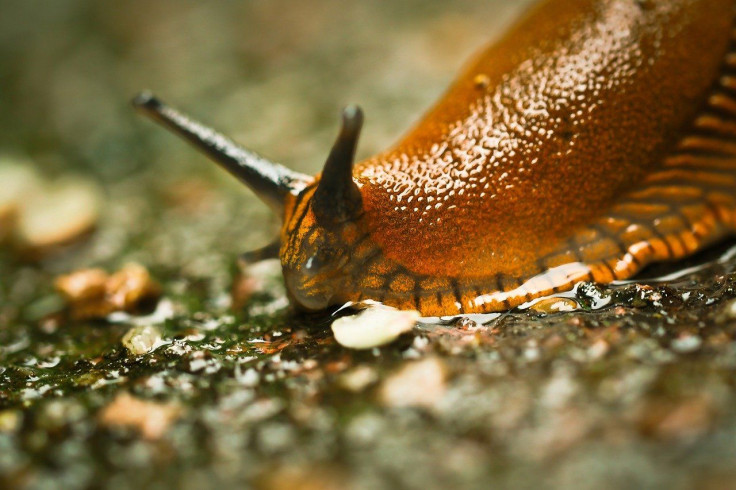This Florida County Is Quarantining Because Of An Invasive Giant Snail [Photo]

A Florida county has been pushed into quarantine following the detection of giant African land snails. What's the threat posed by the invasive snails?
The presence of the giant African land snails was confirmed in Pasco County on June 23, according to the Florida Department of Agriculture and Consumer Services (FDACS) website. Authorities enforced a quarantine in the county on June 25, CNN reported. The treatments to eradicate the species began on June 29.
It would be "unlawful" to move the snail as well as items such as soil, plants, yard waste and compost "within, though or from a quarantine area without a compliance agreement," noted the FDACS. It also shared a map of the quarantine area.
The agency will use metaldehyde-based snail bait. It's said to be approved for use on snails and slugs, and works by making the creatures more "susceptible to dehydration." This will make them less active and kill them within days.
Health risks
But why is it necessary to take such seemingly drastic efforts to eliminate the giant African land snails?
Not only is the species one "the most damaging snails in the world" that can eat "at least 500 different types of plants," but they can actually also pose health risks. This is because giant African land snails can carry rat lungworm.
Also known as Angiostrongylus cantonensis, rat lungworm is a parasitic worm that in adult form can only be found in rodents, according to the Centers for Disease Control and Prevention (CDC). However, infected rats can shed the parasite's larvae in their droppings, and snails can then get infected when they eat the rat feces.
People can get infected with the parasite if they eat infected raw or undercooked snails, while some also get infected unintentionally if they consume products without knowing that it has a small snail. In some cases, people have also gotten infected by eating slugs "on a dare."
While some people don't get symptoms or experience only mild ones if they fall ill, some display a more severe illness. The infection can even cause eosinophilic meningitis, which is a "rare" form of meningitis.
Eradication efforts
The state has eradicated invasive giant African land snails twice before, noted the FDACS. The first case was in 1969, which led to its eradication in 1975. The species was eradicated last year after it was detected in Miami-Dade County in 2011, according to CNN.
"Prior to the recent detection, the last live snail in Florida was collected in Miami-Dade County in December of 2017," noted the FDACS.
In the case of the current detection, it's possible that the population came about due to the "illegal pet trade," Christina Chitty, public information director at the FDACS, told CNN.
According to the FDACS, it is illegal to "import or possess" the species in the U.S. without a permit. Last year, 22 giant African land snails were seized by U.S. Customs and Border Protection agents at JFK International Airport.

Photo: Michael Gaida/Pixabay





















